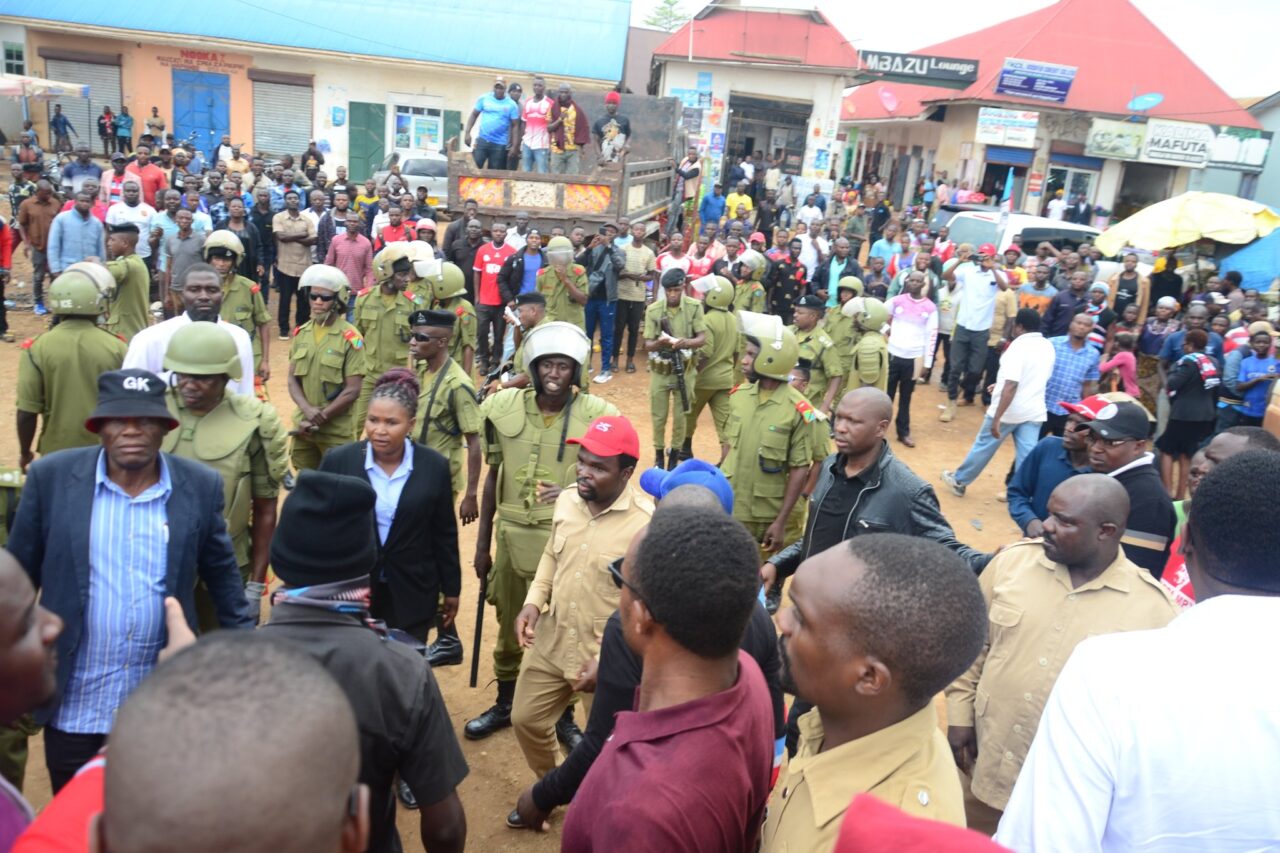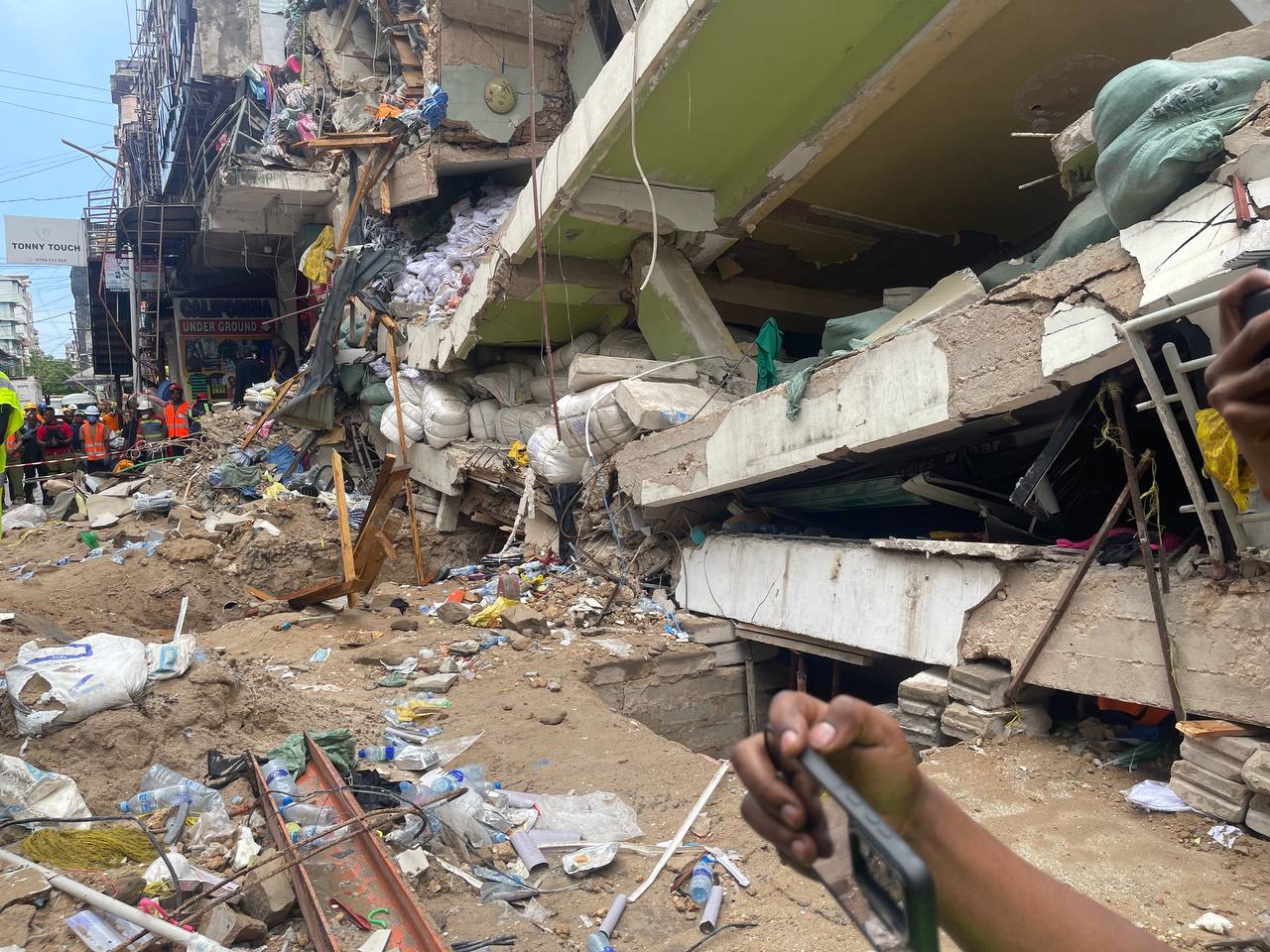Dar es Salaam. The Board of Directors of the African Development Bank Group has approved US$696.41 million for Burundi and Tanzania to start Phase II of the Joint Tanzania-Burundi-DR Congo Standard Gauge Railway (SGR) project.
The loan will allow the construction of 651 kilometres on the Tanzania-Burundi railway line, the work of which will consist of developing a single electrified standard gauge track. This will be subdivided into three lots: Tabora – Kigoma (411 km) and Uvinza – Malagarasi (156 km) sections in Tanzania and the Malagarasi –Musongati section (84 km) in Burundi.
A statement released Wednesday explained that the standard gauge railway project will be connected to Tanzania’s existing railway network, providing access to the port of Dar es Salaam.
In total, 400 kilometres of rail infrastructure have already been built in Tanzania from Dar es Salaam to Dodoma since the start of the project’s first phase. The rest of the section from Dodoma to Tabora is under construction.
“[AfDB] will provide US$98.62 million to Burundi in the form of grants and US$597.79 million to Tanzania in the form of loans and guarantees,” the regional lender said in a statement.
READ MORE: AfDB Proud of Its ‘Results Beyond Expectations’ in Tanzania
It said it would structure and mobilise up to US$3.2 billion in financing from commercial banks, development financial institutions (DFIs), export credit agencies (ECAs), and institutional investors. It notes that the project’s total cost in Tanzania and Burundi is estimated at nearly US$3.93 billion.
AfDB said access to an efficient, cost-effective long-haul bulk transport service through the SGR will incentivise large-scale mining and commercial agriculture.
“It will transform the Central Transport Corridor into an economic corridor by enhancing trade and manufacturing opportunities along the corridor influence zone and provide for a shift from road trucking transportation, which causes accidents and high road maintenance costs,” the bank said.
“The SGR railway network will unlock and connect key economic processing zones, industrial parks, Inland Container Depot (ICDs), and population centres along the central corridor,” it adds. “This will enhance accessibility and promote economic activities.”
The project is expected to contribute to building resilience by supporting the creation and development of institutions that will manage the new railway sector in Burundi and supporting capacity building through skills training in both countries.
READ MORE: AfDB, EU, And France Invest $300m in Tanzania’s Hydropower Project
The construction of this railway is expected to allow Burundi to intensify the exploitation of nickel, of which the country has the 10th largest deposit in the world in the Musongati mining fields.
The country also has resources such as lithium and cobalt, which are expected to generate significant revenue for the country through the rail link with the port of Dar es Salaam, which currently accounts for 80 per cent of the country’s import and export trade.
This will add value to the national GDP and allow Burundi to have additional resources to accelerate its social and economic development.




